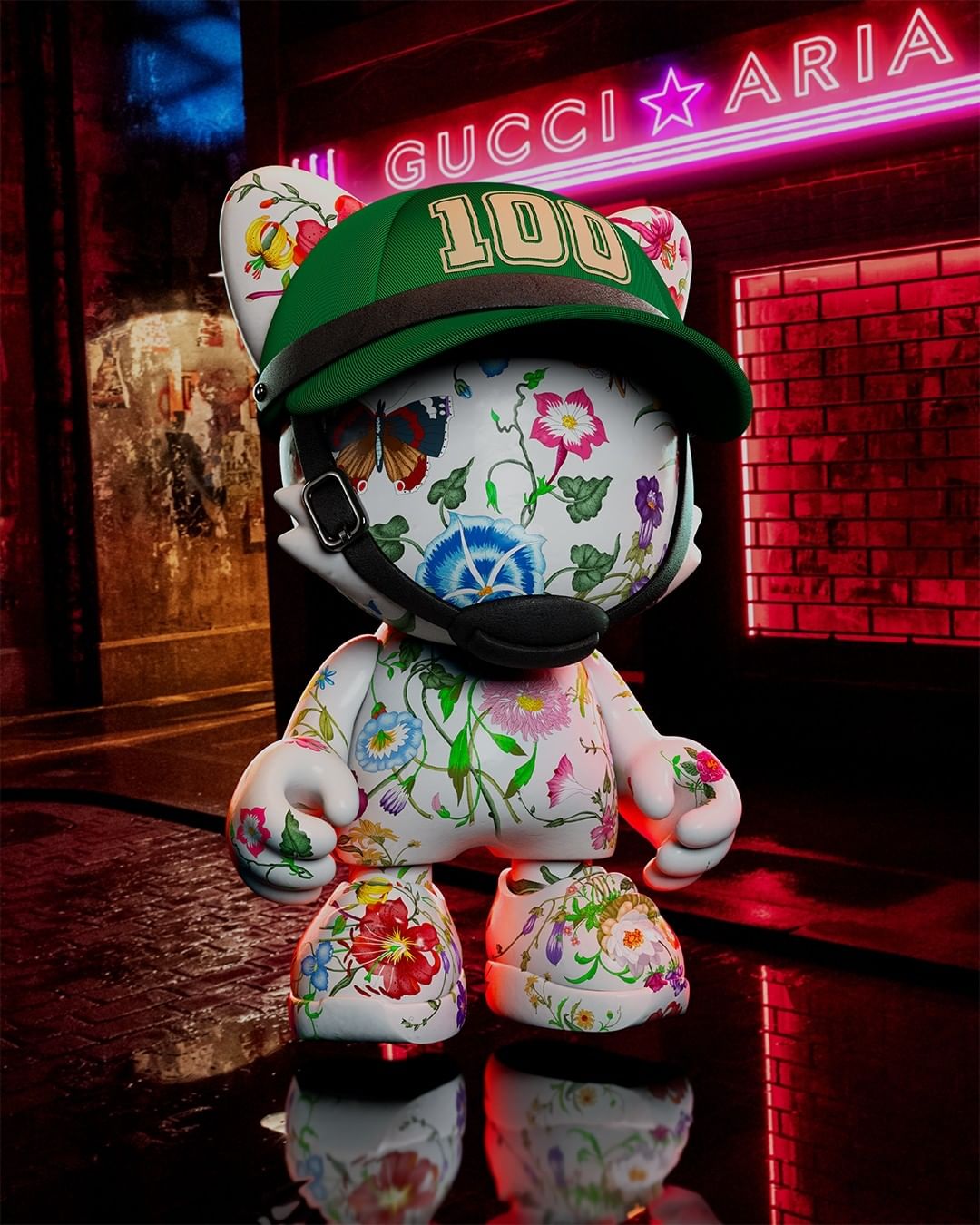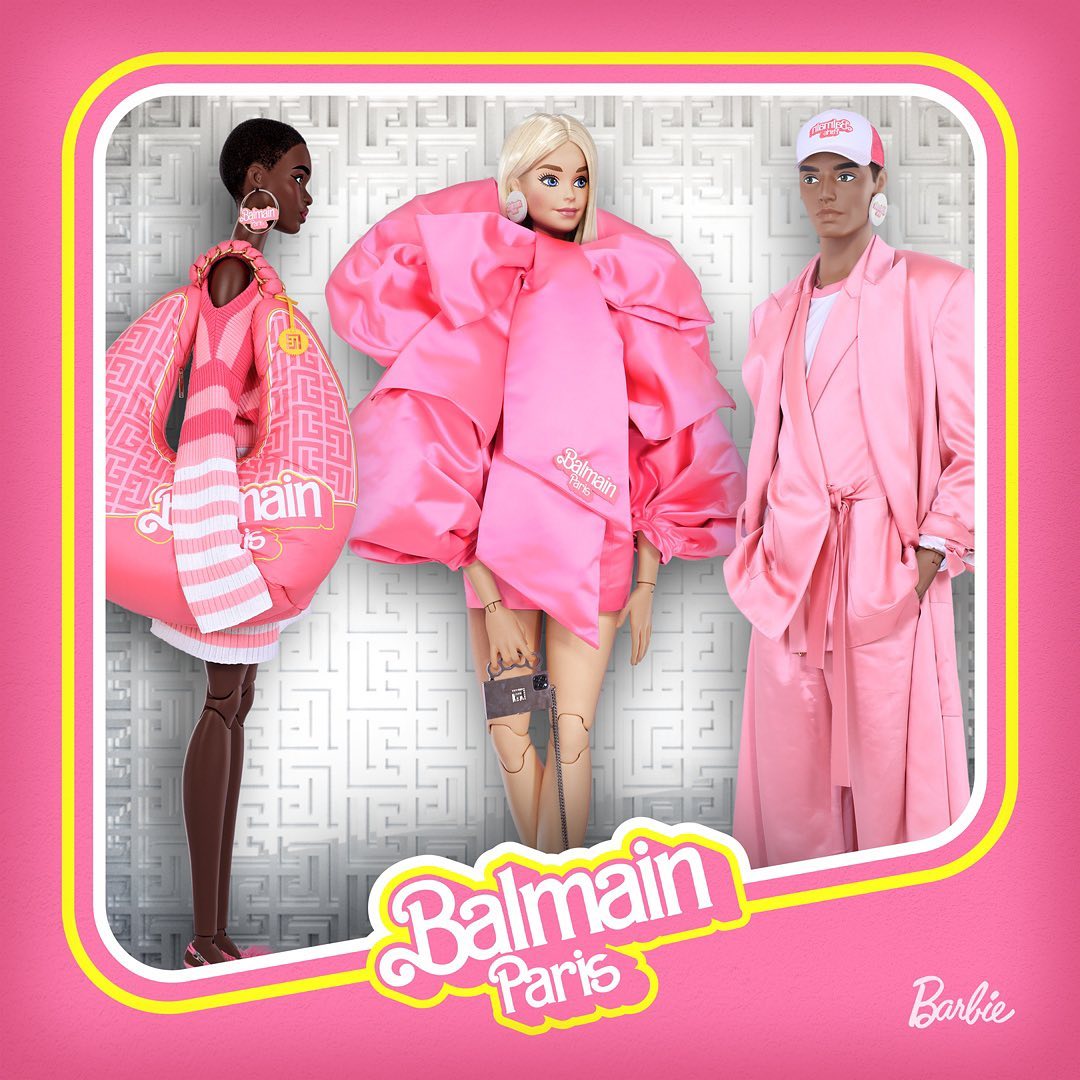
Fashion’s migration into the digital realm has ushered in a flood of innovative phygital and digital products to accommodate a growing online audience, whose interest lies heavily in NFTs (Google searches for the topic reveal peak interest in the subject at the top of this year). From Louis Vuitton’s Louis: The Game NFT to Burberry’s Blankos Block Party, heritage brands have continued to modernise themselves for the age of Web3 and the virtual customer. On the surface, these NFT collections can seem inconsequential to fashion’s real-world issues, like sustainability, since by nature of their immateriality, they don’t create physical waste, but the way most NFTs are purchased is far from sustainable.
Fashion can’t outrun its challenge to become a more eco-friendly industry by jumping into Web3. While NFTs and digital clothing cut down water usage and reliance on supply chains, all NFT transactions are still adding to the fashion industry’s (already massive) carbon footprint. According to research conducted by The Digiconomist ‘Ethereum Energy Consumption Index,’ each proof of work transaction that occurs uses more than 260 kilowatt-hours (kWh) of electricity–that’s equal to the amount a U.S household uses over nine days. However, not every NFT is sold on high-impact blockchains, and some fashion companies have created NFTs with far less environmental impact than others.
TRG Datacenters gathered data on how much electricity fashion NFT transactions have consumed and ranked them by their environmental impact. It reported that the five fashion companies with the most eco-friendly NFTs are GAP, Balmain, Dolce & Gabbana, Ray Ban and Asics. Asics ranked at number five with its Sunrise Red Collection consuming 17,518 kWh, Dolce & Gabbana placed at number four with its Nine-piece collection utilising 17,014 kWh, in third place, we have Ray Ban’s collaboration with Extraweg that consumed 1,824 kWh, the second is GAP with its DAP x GAP collaboration that only consumed 1 kWh, and the best fashion NFT for the environment is Balmain who reeled in less than 1 kWh with their collaboration with Barbie, Barbie tries a new look: NFTs.

In contrast, the worst NFTs for the environment were created by Burberry, Gucci, Nike, Louis Vuitton, and Adidas. TRG Datacenters’s data revealed that Louis Vuitton’s Louis: The Game NFT is the fifth worst NFT for the environment, consuming 20,000 kWh, Gucci came in 4th consuming 324,037 kWh with its Gucci Aria & Super Gucci NFT, the third is Burberry who consumed 379,562 kWh with its Blankos Block Party NFT, and the second is Nike who consumed 672,810 kWh with its Cryptokicks NFT drop. The fashion brand with the worst NFT for the environment is Adidas, which consumed a whopping 25,000,000 kWh with its Into the Metaverse NFT collection. To give a clear picture of what this figure conveys, in 2020, “the average annual electricity consumption for a U.S. residential utility customer was 10,715 kWh,” meaning the Adidas’ NFT drop used more electricity than 2,500 US homes would in one year.

The type of Blockchain the fashion brands chose to sell their NFTs on greatly impacted how they ranked on this list. For example, Balmain used Flow blockchain to host its NFTs, which specialises in environmentally friendly transactions. Whereas, Adidas opted for the Ethereum blockchain, which is still overcoming many of its energy consumption issues and is making strides to become more sustainable. For conscious consumers, it’s important to have this data so that we can make informed decisions while buying online. As with physical fashion products, just because we can’t always see their impact doesn’t mean it’s not there.








